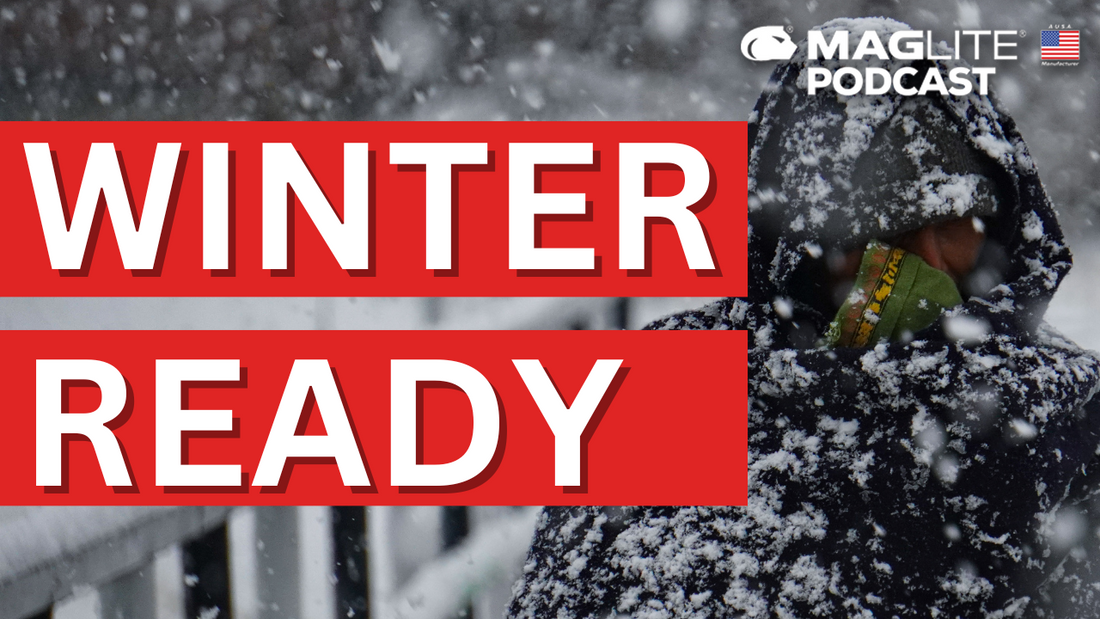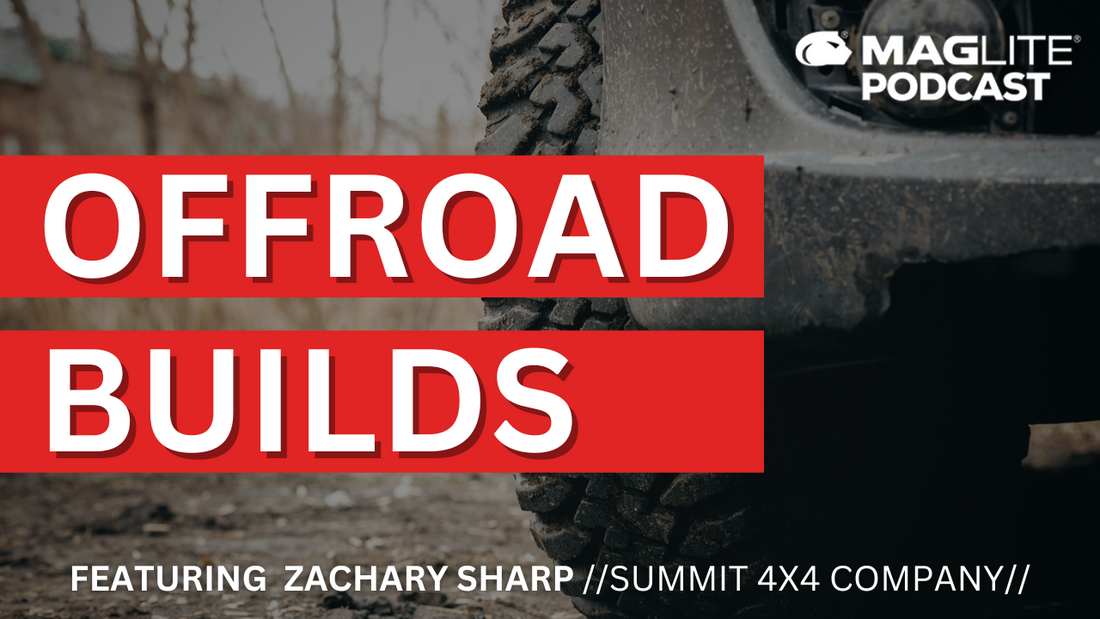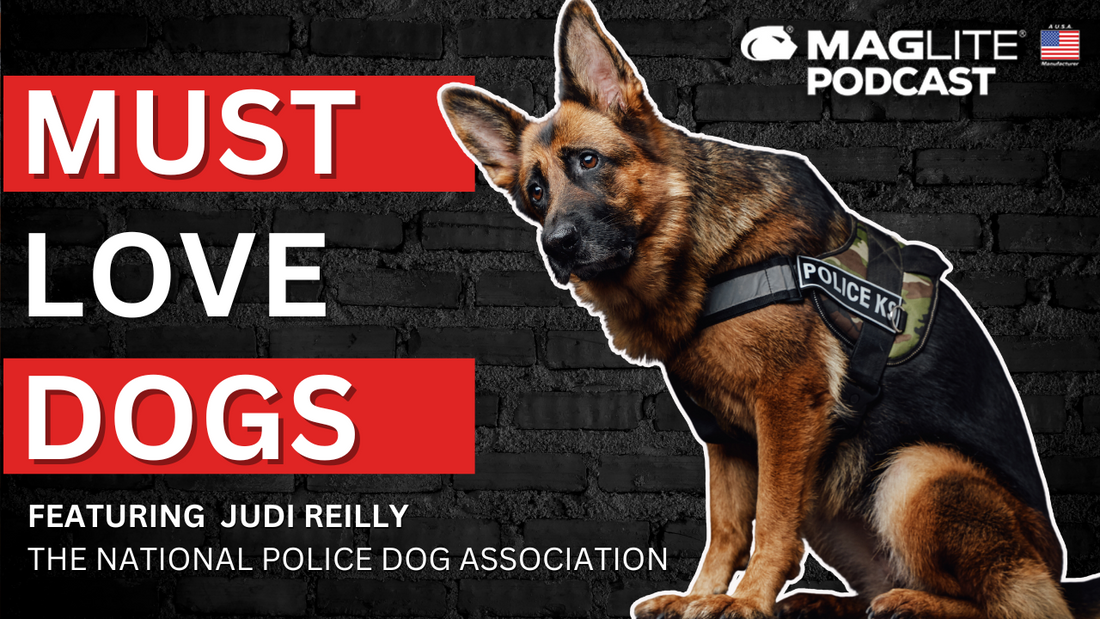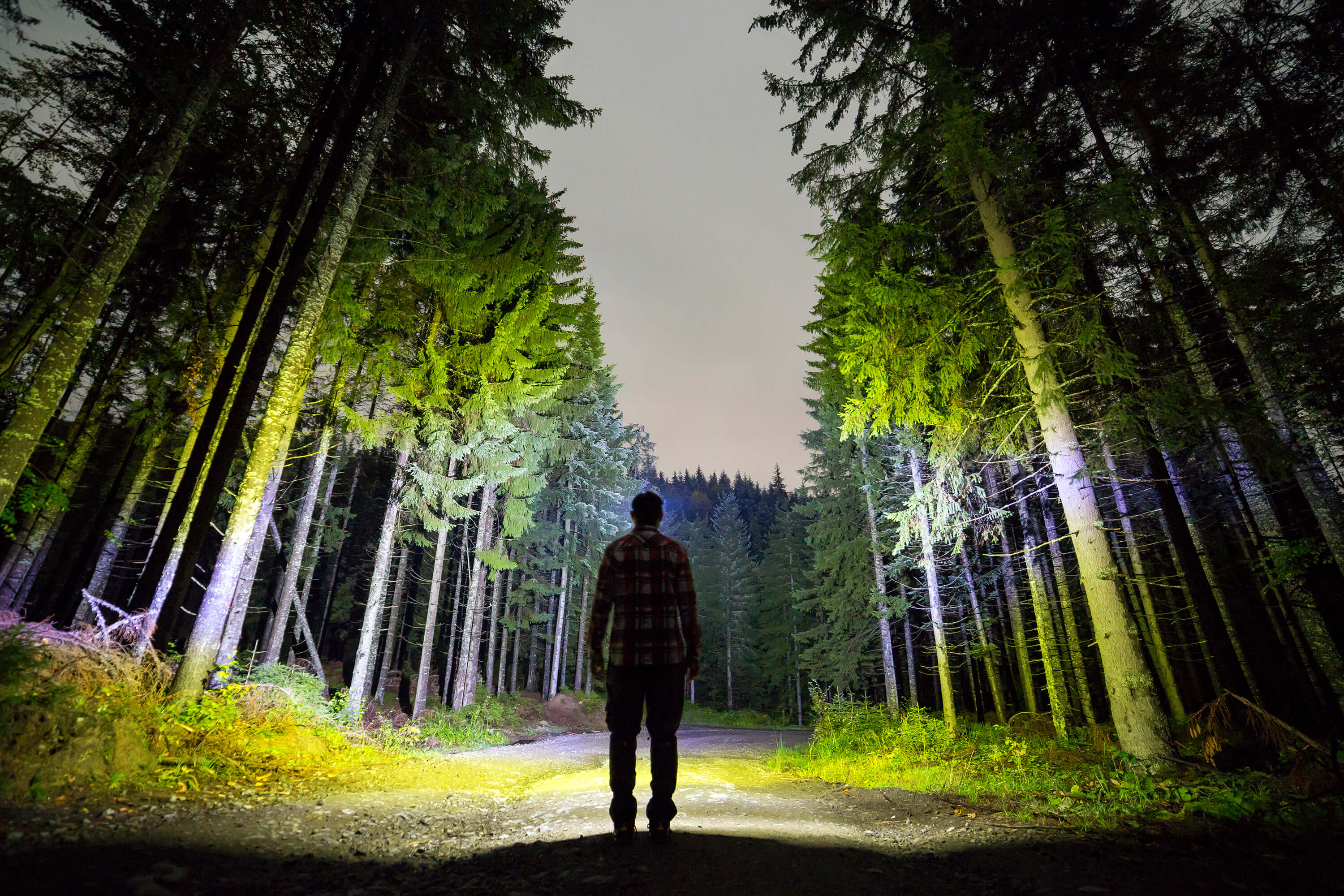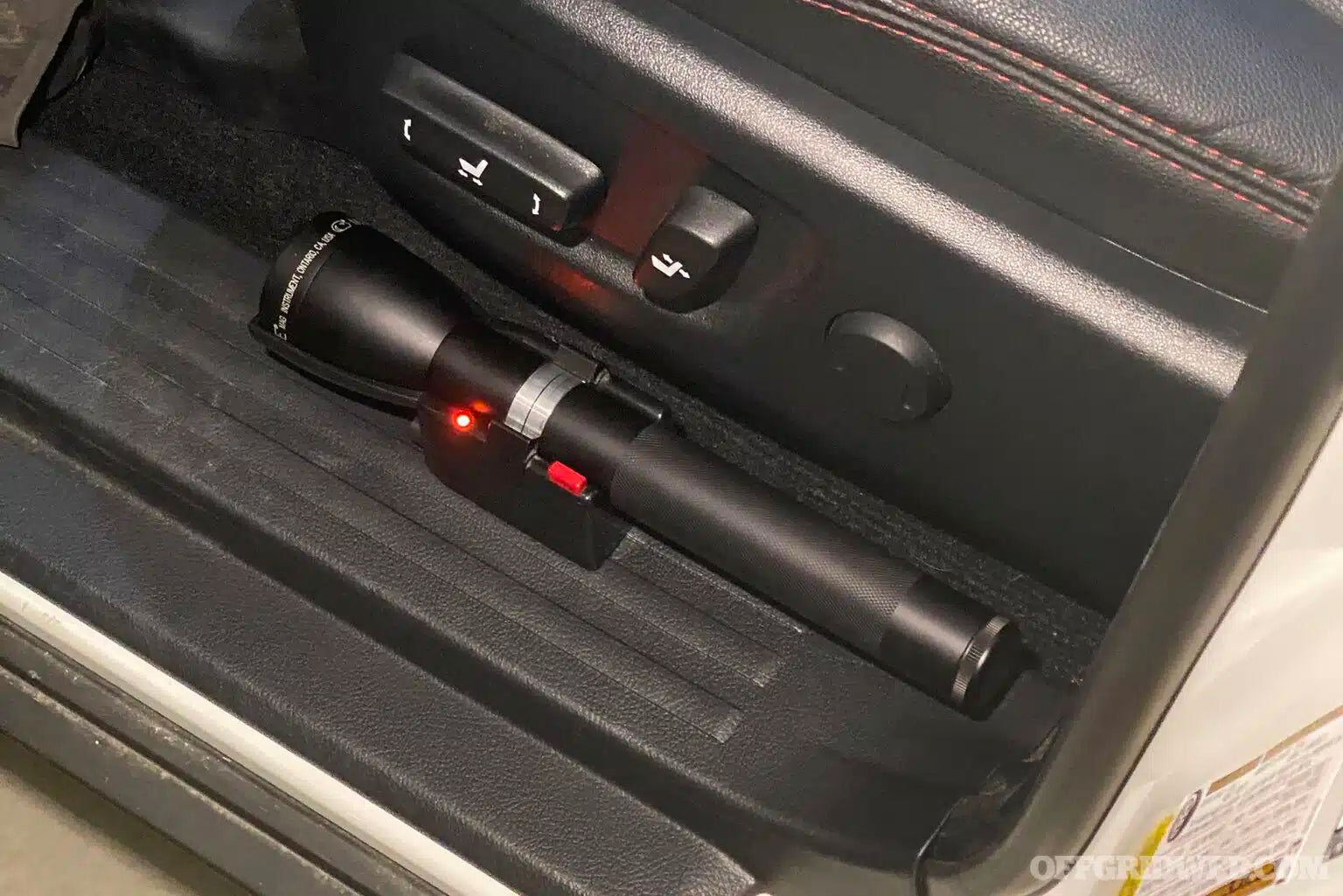Bryan McKenrick, the leader and owner of American Tactical Defense, LLC., an Active Shooter Training Company, has spent a career in law enforcement doing drug interdiction operations with the Coast Guard and other law enforcement agencies. Bryan now trains law enforcement personnel on active shooter events and joins the MAG-TAC Podcast for Four (4) episodes. In this episode, Bryan discusses the tactics and practice of upping the Hide part of Run, Hide, & Fight, into barricading. How do you barricade? When do you barricade in a tactical situation, when you don’t and why?
MAGLITE: 00:07 It's another edition of the MAG-TAC Podcast (by Maglite Tactical) where you're going to learn all sorts of things about keeping you and your family safe. It's all about safety and security, especially today... Things are going a little bit crazy out there and more than ever you need to be aware of your safety, your surroundings. If you're going to keep you and your family safe, unfortunately, in just about any situation, whether you’re at church, whether you're at a shopping mall, whether you are at an office, where you work. These things are happening everywhere now and anywhere. Joining us here, Bryan (McKenrick) from American Tactical Defense. Bryan, good to have you back.
BRYAN MCKENRICK: 00:43 Hey, thank you very much. Looking forward to it.
MAGLITE: 00:46 So we're going to talk on this podcast about the Pros and Cons of Barricading. What we've been going through with you is what you train people for, which is active shooters. You do a great job with local school districts. You've done businesses, you've done other places and all of it comes back to the basics of Run, Hide, (and) Fight. Hide, we talked about last time, it could be behind what is actual cover, or it could be behind just concealment. There's a difference between those two things. Go back, listen to the last episode of the podcast if you missed it to talk about those and how it's important to know the difference. But before we get to the pros and cons of barricading in the Hide part, Brian everyday carry. I have a certain pack that I carry with me that I think I need to have. What's in your everyday carry arsenal?
BRYAN MCKENRICK: 01:44 Well, for me, in law enforcement, obviously, I'm in one, I have a gun, extra magazines and all that fun stuff. Well, ever. For everybody out there, you know, it's always a good idea. Like I'll carry, medical supplies because although I might not be there right at the scene, it might be over cause no matter, matter of seconds, sometimes they're done. I'll carry some extra medical supplies like a tourniquet and some chest seal pack material, all things that could potentially prolong someone's life to get him to the hospital, including my own. Really. That's why I do carry those.
MAGLITE: 02:18 Gotcha. So, me, I have a little pack that I carry that has obviously a Maglite (flashlight). I've got a little tactical Maglite (flashlight) that I carry with me everywhere I go. I have a Gerber multi-tool, I have a nice Gerber knife and I have sort of an off-brand tactical pen that I really like. And unlike a lot of them, instead of being blunt, it is actually rather pointy. I could see it going through somebody's eyeball or ear easier than some of the other ones that I've seen. And that's just what I carry it. And the tactical pens, you know, don't talk to the FAA, but I basically carry it everywhere if you know what I'm saying. And I usually don't get stopped with. So that's sort of my last line of defense is that all right, let's talk about barricading. So, you haven't been able to run from the situation, you're caught in it or you have like that heroic police officer that stopped to help those kids in the mall when all the parents had apparently fled, or family members and you can't run anymore. You have a responsibility to protect these kids or you're just stuck where you are. You've tried to find concealment. Now let's talk about barricading pros and cons.
BRYAN MCKENRICK: 03:29 Okay. So, barricade and yourself always, this training on lock the doors, lock the doors, lock the doors. Let's go to a school situation. When I asked you to do is think about this… If you're a teacher out there being in, you're teaching pre, well kindergarteners, first, second, third, fourth graders, maybe even fifth graders. At this point, if you start barricading your door in a school, I mean really with a desk with all these heavy bookshelves, and yet you have an active shooter on their shooting rounds through that wall, which could potentially end up in your classroom and potentially into you, for that matter. If that were to happen or any other children were injured or you're entered in the middle of it, who else is going to remove those barricades for fire, to respond, to get in or to help? So, what you have, is you just lock yourself into a safe and your folks are hurting side. It's just not gonna go real well. That's one thought. So now if you have barricading going on into a high school where other kids were able to get, you know, remove that stuff or move all the heavy items, that may work, but we always train to get ready to get on the offensive. So, we have different measures that we use.
MAGLITE: 04:45 So barricading, although in some situations make sense. Again, this is something where people have to think this through and it's... I keep going back to this because this is difficult. You are in a place where most people's brains are going to vapor lock and you're asking people to think through the end of the situation where, okay, you may now be injured. All you've got is a bunch of little kids. They can't move the barricades and then you're going to bleed out because people don't know you're in there.
BRYAN MCKENRICK: 05:17 Exactly. You got to think about it. Unfortunately, with this going on, it's a reality, I'll shoot it straight with you. If any person gets shot and it's an arterial bleed, which happens quite a quite a lot. You literally have anywhere from one minute to three minutes before you bleed out and that's it. So, we're always encouraging in our training, training the folks in medical, but if they get the tourniquet on and sort of slowing down the blood, you want fire(men) to get in there. Basically, you want them to get in and get you out to a hospital where they can work on you and save your life, basically. Law enforcement is at least a couple of minutes out, Fire, they're going to wait most likely for the scene to be clear, and that's going to be from 20 to 30 to 40 minutes.
MAGLITE: 05:59 So, you're on your own, you're on your own. It's what I always tell people when seconds matter between life and death, help is only a few minutes away. right?
BRYAN MCKENRICK: 06:08 Yeah, absolutely. It's all up to you. It really is.
MAGLITE: 06:12 Yeah. Okay, well, that's as far as we're going to go. It's an interesting thought on barricading, here on this episode of the MAG-TAG Podcast (by Maglite Tactical), joined from Bryan (McKenrick) from America Tactical Defense. On the next episode, we're going to something that I think is really, really interesting, w


